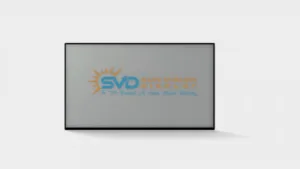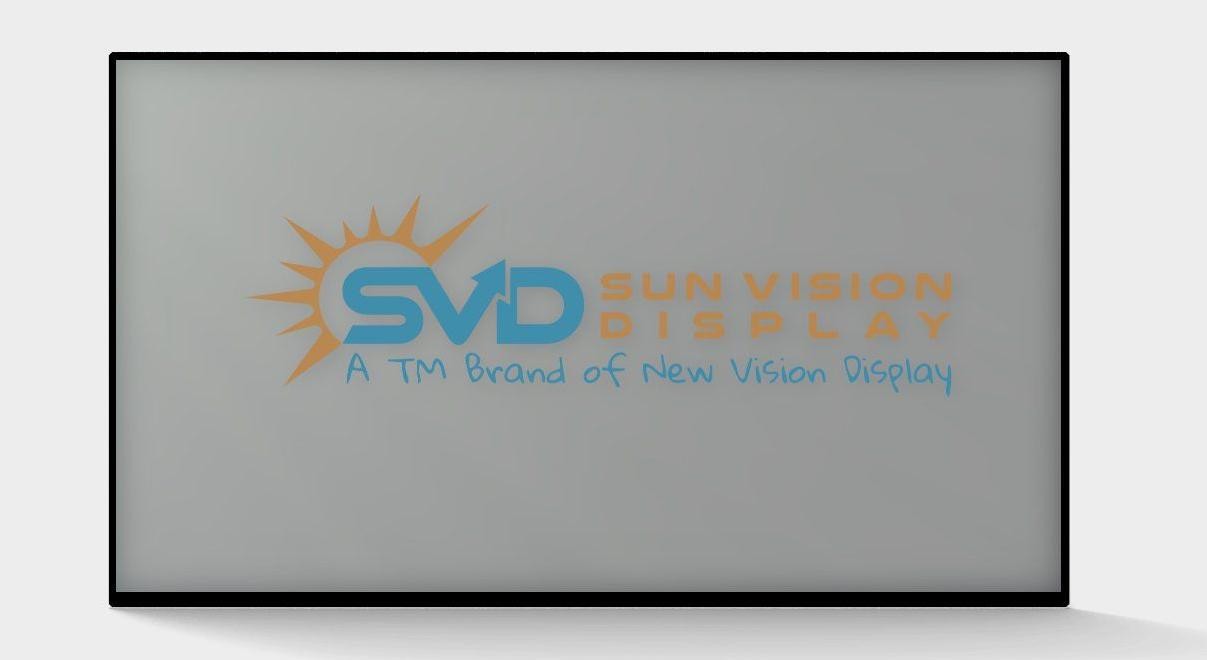
I knew that NVD was an integrator and value added supplier of displays, adding touch and other technologies to raw cells and panels, but I hadn’t realised how big the company was. It has 3,000 employees worldwide with facilities in Taiwan, Europe and the US and with the main production manufacturing in Hunan, China. Among the facilities that the firm has, it is an authorised finisher of glass from Corning and Schott, including the ion exchange needed to make Gorilla Glass and 3D-shaped glass mouldings. It can also add anti-microbial coatings that can protect against Covid and other hazards.
In digging around about the company, I realised that around three years ago it had bought the ZBD company which had developed a bistable LCD company that I have been following for a couple of decades as it’s inventions were made in the UK. There is still an R&D department in Malvern that was part of ZBD. I’m planning a follow up on that topic on another day!
Most of the firm’s products are sold outside China, in Asia (especially Taiwan), Europe and the US. It is probably, I think, the largest display maker that doesn’t have a panel fab (or a large share of somebody else’s) and is not just a marketing and design brand. (Unless you know differently!)
The product that we followed up is a new 32″ fully reflective LCD that has the following specification. It is sold as a ‘Sun Vision Display’ and there’s a video here showing it in action.
- FullHD resolution
- Colour (>15% of NTSC)
- Reflectance >9% typical
- Contrast is 25:1 (typical)
- Power consumption from around 1.85W to 25W (if fitted with a front light). Touch equipped is around 10W more.
- 12V operation
- Temperature range from -20 deg C to +70 deg C
The monitor is also available in a 43″ version which uses 2.3W, with 13.5% reflectance and contrast is 40:1 and is based on an a-si backplane.
As an integrator, NVD/SVD offers
- A standard reflective indoor model at $1,550. It has HDMI and USB.
- Customised outdoor models in the range from $1,800 to $3,200 depending on the specification, with the 43″ at $2,300 to $3,900
- The standard outdoor cover lens is a 3-4mmm ARAGAF cover lens. However, outdoor products are typically customised for different IP ratings and mountings etc, so pricing is on application.
Where would you want this kind of display?
Most of the applications are where power consumption is a challenge and/outdoor performance is needed. As will all reflective displays, this one looks better and better, the brighter that the ambient light is. Sales Director for the reflective product, David Sexauer, explained that it has had interest from Nascar racing, which could be ‘the perfect application’ for the monitor in a digital signage application. The racing only takes place between noon and 6.00pm and doesn’t happen if there is rain, so is ideal!
If a purely reflective application is acceptable in the display, it can run all day on a smartphone-sized battery or be powered by other sources. However, if it also has to be viewable in low light, a front light can be fitted and the firm has relationships with a couple of firms that can provide appropriate technology. (We did, briefly, discuss Azumo, a firm that promotes its front lighting technology, but NVD believes that it’s not really ready for larger sizes at the moment).
Another sport which is played in daylight and can use the displays is golf, where a reflective display is often more legible than a tablet or other mobile device.
A useful application that the firm has found is in food trucks, where the main aim is to have legible text and enough contrast. This gives the flexibility to promote special offers, etc, without trying to provide enough power to compete with the sun. The firm is also working on other digital menu board projects and is researching the use of the reflective panels in EV charging stations. It has developed an ‘Android board’ that can be used to turn the monitor into a full system with support for video or ppt presentations and wireless connectivity.
An area that has been interesting for the firm is that some people have eyesight that is extremely sensitive to bright light. Those people value the relatively low level of brightness from the displays which makes them feel more comfortable. (I think if I was looking for a backlit display with very low brightness, I’d be tempted to talk to suppliers of marine displays. They have to be designed with extremely low brightness so that they can be used by mariners that want to be able to read the displays, but don’t want to affect their adapted night vision).
Into the Details
CTO, Dr. Matthias Pfeiffer clarified that if the monitor has a glass cover, then it is fitted using OCA and optical bonding. Care needs to be taken in dealing with glare, for example by using polarisers with anti-glare properties. The firm has a lot of experience of displays in harsh environments and Dr Pfeiffer mentioned that the company had developed licence plates based on reflective technology several years ago. The licence plates were formally approved to automotive specifications, but it turned out that the combination of temperature, vibration and UV light turns some of the glues into ‘something like WD40’. That taught the firm a lot about optimising OCA for outdoor applications.
The panel is very optimised for reflective use and the transistor is under the reflective surface, which is slightly diffused. One of the reasons for the use of a FullHD panel is to maximise the aperture ratio. Dr Pfeiffer explained that although the design is optimised for the application, especially the colour filters, there is no special technology, although the 32″ uses an LTPS backplane, which, in my experience, is unusual at this kind of size range. Good performance is mainly about good engineering and optimised processes.
For example, most LCDs can suffer from mura caused by variations in the cell gap. Where you have high temperature ranges, you have more stress mura. That is amplified by the fact that the light you see goes through the panel twice. Aperture ratios are between 90% and 95% depending on the panel size. “We’re pushing the limits on the black frame around each pixel”, Dr Pfeiffer told me. (BR)
This article was created and published independently by Display Daily, but has been moved outside the Display Daily paywall to enable easier access by New Vision Displays. Thanks to them for making this possible.


